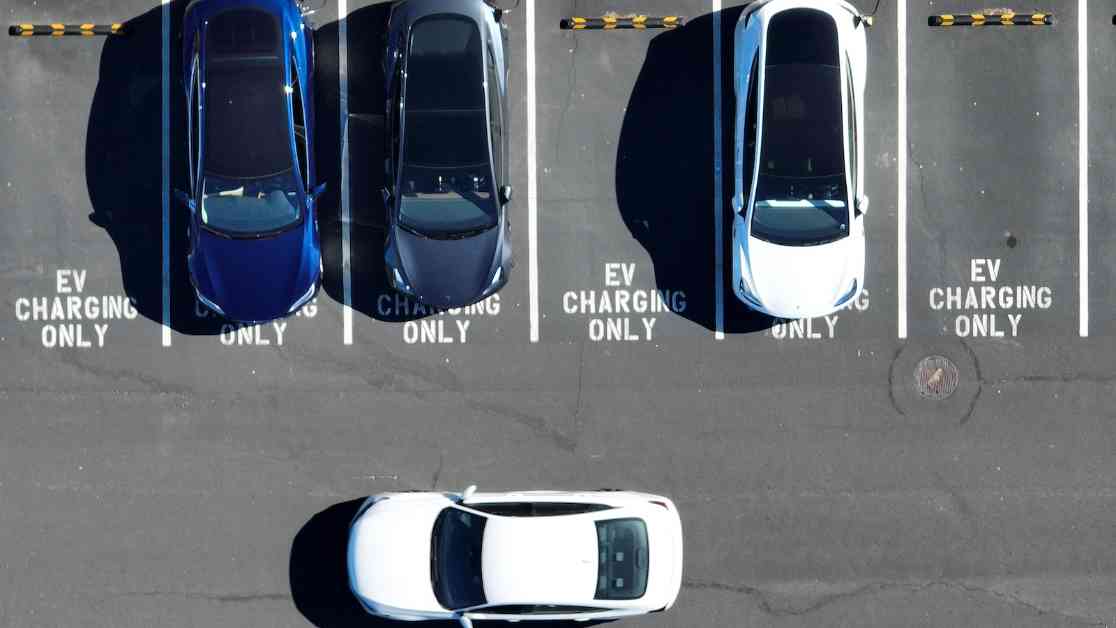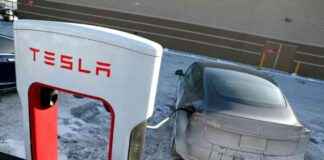The U.S. electric vehicle (EV) charging infrastructure is facing a crisis as approximately 12,000 out of over 212,000 public chargers across the nation are currently out of order. These chargers break down due to various reasons, including bent or broken pins on connectors, glitchy payment screens, internal component failures, and vandalism. With no repair services in sight, the situation is dire.
In an effort to address this issue, the Biden administration introduced federal reliability standards for EV chargers, marking a significant milestone in the industry. However, on February 6, the Trump administration suspended the Department of Transportation program responsible for these standards, leaving billions of dollars of unawarded funds in limbo. The future of the program now hangs in the balance, sparking legal debates and concerns among experts.
The Importance of Reliable EV Chargers
Reliability in EV chargers is crucial for the widespread adoption of electric vehicles, which is considered essential in combating climate change. To encourage this transition, the 2021 bipartisan infrastructure law allocated $5 billion for the National Electric Vehicle Infrastructure (NEVI) program. This initiative aims to build a network of public chargers, particularly fast chargers, along key highway corridors to support long-distance EV travel.
The NEVI program sets a high bar for charger reliability, requiring stations funded through the program to maintain a 97 percent uptime rate. This standard ensures that chargers are operational for the majority of the year, instilling confidence in EV drivers. Early data shows that NEVI-funded charging stations exhibit superior reliability compared to non-NEVI-funded ones, underscoring the program’s effectiveness in promoting charger upkeep.
Challenges and Opportunities in EV Charging Maintenance
Beyond NEVI-funded chargers, the EV charging industry faces a myriad of maintenance challenges. While companies like Tesla lead the pack with a reputation for reliable charging networks, other operators struggle to keep up. Factors such as equipment age, maintenance contracts, and component availability contribute to the varying levels of charger reliability across different networks.
The responsibility for maintaining public chargers falls on a diverse range of entities, including utilities, municipalities, and commercial businesses. Neglecting maintenance contracts can lead to charger malfunctions, creating inconvenience for EV users. The Trump administration’s recent suspension of NEVI program funding has further complicated the landscape, casting doubt on the future of charger deployment and maintenance efforts.
In conclusion, the fate of the U.S. EV charging infrastructure hangs in the balance as policymakers grapple with competing priorities and legal ramifications. The need for reliable, widespread charging networks is clear, but achieving this goal requires concerted efforts from all stakeholders. As the nation navigates the complexities of EV charger maintenance, the future of sustainable transportation remains uncertain.












![Local Residents vs. Solar Farms: Community Opposition in [County Name] local-residents-vs-solar-farms-community-opposition-in-county-name](https://ctenews.com/wp-content/uploads/2024/12/local-residents-vs-solar-farms-community-opposition-in-county-name-324x160.jpg)

